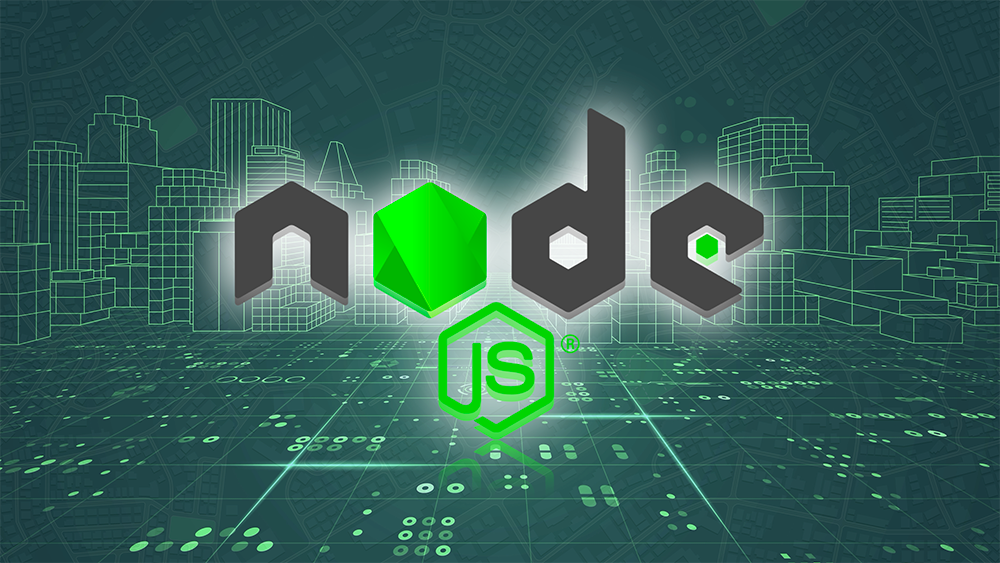I'm always excited to take on new projects and collaborate with innovative minds.
I'm always excited to take on new projects and collaborate with innovative minds.
Learn how to integrate APIs in Node.js for your next project. This post covers choosing the right API, making requests with axios, handling responses, authentication, rate limiting, and best practices. #nodejs #api #integration #webdev #axios

APIs (Application Programming Interfaces) are the backbone of modern web development. They allow different applications to communicate and exchange data, enabling you to integrate powerful functionalities into your projects without reinventing the wheel. Node.js, with its asynchronous nature and vast ecosystem of packages, is an excellent choice for working with APIs. This post will guide you through the process of integrating APIs in Node.js, providing practical examples and best practices.
Understanding APIs:
Before diving into the code, let's briefly define what an API is. Think of it as a messenger between two applications. One application (the client) makes a request to another application (the server) through the API, and the server responds with the requested data. APIs typically use standard protocols like HTTP and data formats like JSON or XML.
Choosing the Right API:
The first step is to identify the API you need for your project. There are countless APIs available, offering functionalities ranging from social media integration and payment processing to weather data and mapping services. Consider factors like:
Making API Requests in Node.js:
The node-fetch and axios libraries are popular choices for making HTTP requests in Node.js. axios is generally preferred due to its cleaner syntax, automatic JSON handling, and built-in support for request cancellation. Here's an example using axios:
const axios = require('axios');
async function getWeatherData(city) {
try {
const response = await axios.get(`https://api.openweathermap.org/data/2.5/weather?q=${city}&appid=YOUR_API_KEY`);
const weatherData = response.data;
console.log(weatherData);
return weatherData;
} catch (error) {
console.error(error);
return null;
}
}
getWeatherData('London');Explanation:
axios library.axios.get() to make a GET request to the OpenWeatherMap API. Replace YOUR_API_KEY with your actual API key.response object contains the data returned by the API. We access the data using response.data.try...catch block handles potential errors during the API request.Handling API Responses:
API responses can vary depending on the API you're using. They often contain data in JSON format. You'll need to parse the JSON response and extract the data you need for your application. axios automatically parses JSON responses, making it easy to work with the data.
Authentication:
Many APIs require authentication to access their resources. Common authentication methods include API keys, OAuth, and JWT (JSON Web Tokens). Refer to the API documentation for specific instructions on how to authenticate your requests. axios allows you to include authentication headers in your requests.
Rate Limiting:
APIs often have rate limits to prevent abuse and ensure fair usage. If you exceed the rate limit, you'll receive an error. Implement error handling and retry mechanisms to gracefully handle rate limiting. Consider using caching to reduce the number of API calls.
Best Practices:
Integrating APIs in Node.js is a fundamental skill for modern web developers. By following the steps and best practices outlined in this post, you can effectively leverage the power of APIs to enhance your projects and build amazing applications. Remember to choose the right API, understand its documentation, and handle errors and rate limits gracefully. With a little practice, you'll be integrating APIs like a pro in no time.